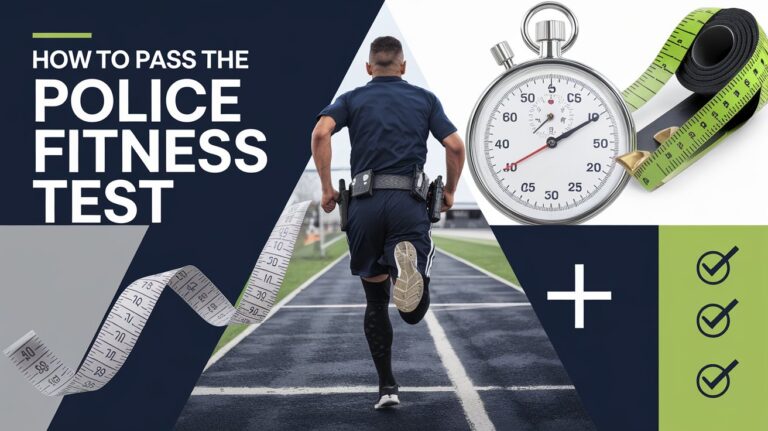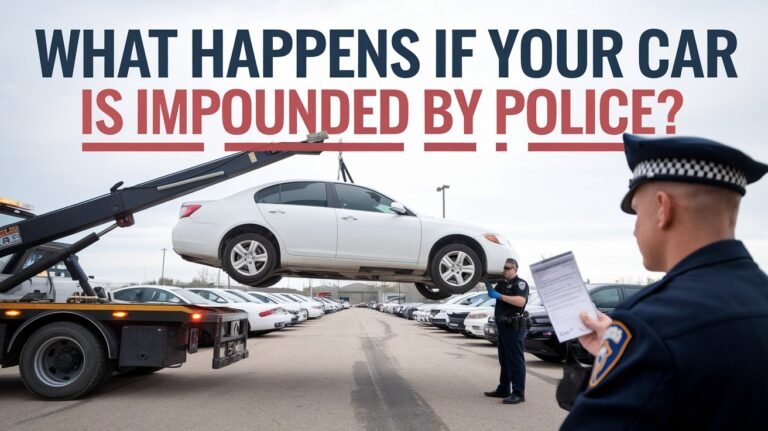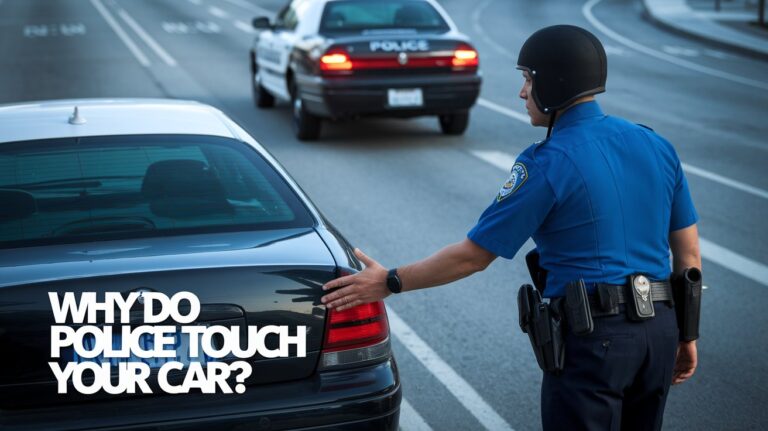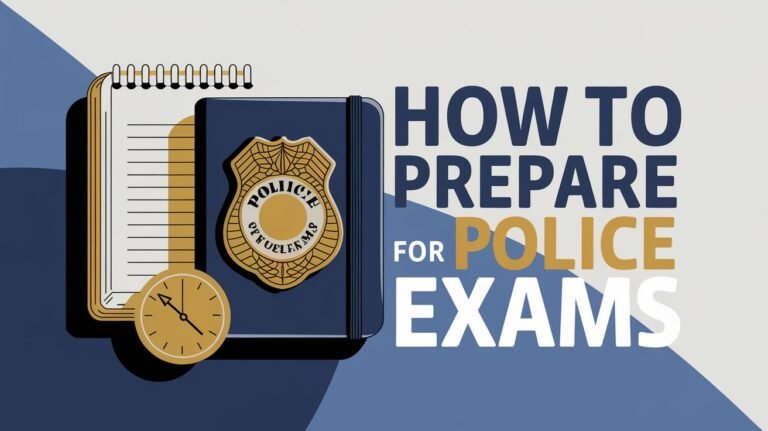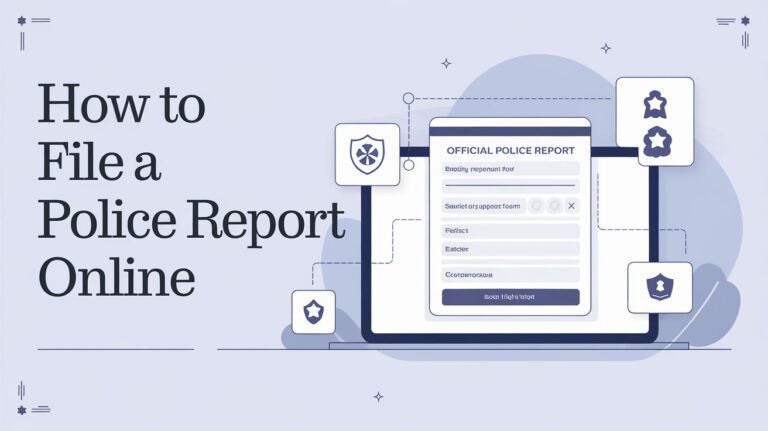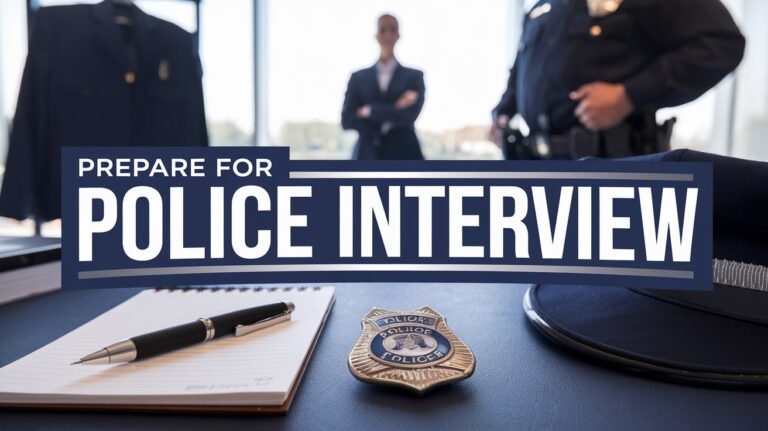What is Metro Police? Roles and Responsibilities Explained
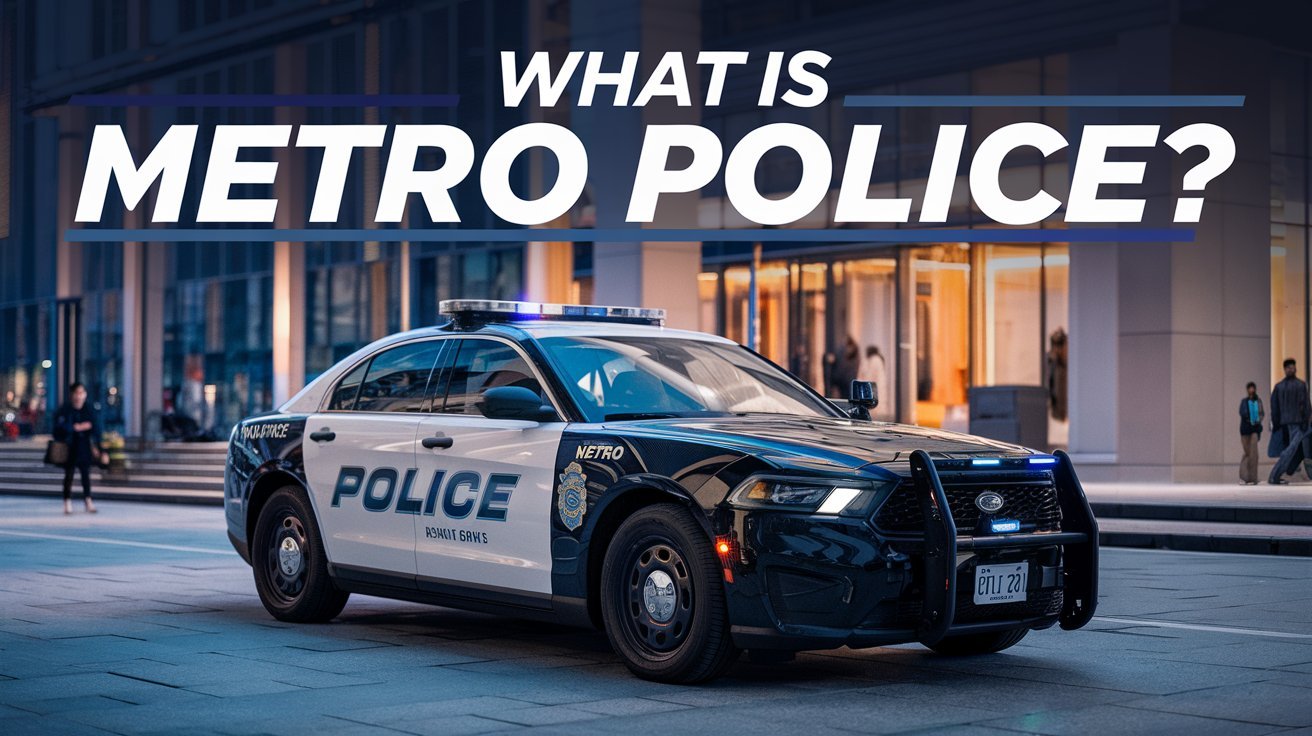
Metropolitan police departments, or “metro police,” serve big cities with lots of people. They keep the peace and protect communities in some of the biggest cities. These police forces are well-equipped and play a key role in keeping cities safe.
Departments like the Las Vegas Metropolitan Police Department and the Metropolitan Police Department of the District of Columbia have big jobs. They handle many tasks that regular police do, but they also face unique challenges. They deal with big events, protect important people, and handle large incidents.
Origin and Evolution of Metropolitan Police Departments
The idea of specialized metro police units started in the 1930s. The Los Angeles Police Department (LAPD) created its first Reserve Unit in 1933. This unit was the start of SWAT (Special Weapons and Tactics) teams, which came in the late 1960s.
The LAPD was a leader in this area. They set up the first SWAT team in 1967. Deputy Chief Daryl F. Gates led this effort.
Formation of the First Metro Units
The Metropolitan Police Act of 1829 was a big step. It was signed on June 19, 1829. This act made Sir Robert Peel in charge of policing in London.
It led to the creation of the Metropolitan Police. The first team had two Commissioners, eight Superintendents, and 895 Constables. They covered a seven-mile area around Charing Cross.
Historical Development and Growth
The Metropolitan Police Department (MPD) in Washington, D.C., started in 1861. It was during the Civil War. The first team had 10 sergeants and patrolmen, with no more than 150 officers.
Today, the MPD has grown a lot. It has over 3,400 sworn members and more than 600 civilian employees.
Modern Metro Police Structure
The modern metro police structure has changed a lot. The LAPD’s Metropolitan Division is a good example. It has different platoons for various tasks.
These tasks include tactical response, SWAT, mounted units, and K-9 units. This setup helps metro police departments handle the challenges of urban law enforcement better.
What is Metro Police: Core Functions and Responsibilities
Metro police departments are key to keeping cities safe. They focus on crime prevention and quick emergency responses. These agencies are set up to deal with the challenges of urban areas. They use special strategies and tools for this.
At the heart of their work, metro police officers handle many duties. These include:
- Responding to emergency calls and situations
- Conducting patrols to deter and detect criminal activity
- Investigating crimes and making arrests
- Providing security and protection for high-profile events and VIPs
- Coordinating with federal agencies on complex investigations
- Managing crowd control and maintaining public order during large gatherings
- Addressing specialized threats such as counterterrorism and major crimes
Metro police officers are highly trained. They go through tough selection to join. This ensures they’re ready for the job.
These departments have more money and resources. They use this to get better equipment and training. This helps them serve their communities better.
Metro police departments are vital for city safety. They prevent crime and handle emergencies well. They’re a key part of keeping urban areas safe.
Special Operations and Elite Units
Metropolitan police departments have special units for unique urban challenges. These include SWAT, K-9, and mounted police. They get special training and gear for high-risk situations and managing crowds.
SWAT Teams and Tactical Response
SWAT teams are the first line in metro police’s special operations. They are well-trained and equipped for critical incidents. In Washington, D.C., the SWAT team is always ready to respond.
K-9 Units and Specialized Patrols
- K-9 units use trained dogs for tracking and explosives detection. In Washington, D.C., they work with the Tactical Patrol Branch.
- Other specialized patrols include the Air Support unit for nighttime searches and the Harbor Patrol unit for water safety.
Mounted Police Operations
Mounted police units are used for law enforcement and as a reserve. In Washington, D.C., they help with event security and crowd control.
| Specialized Unit | Responsibilities | Key Capabilities |
|---|---|---|
| SWAT Teams | High-risk incidents, barricaded suspects, hostage situations | Tactical response, specialized weapons training |
| K-9 Units | Tracking, explosives detection, critical incident support | Canine patrol, search-and-rescue operations |
| Mounted Police | Event security, crowd control, VIP escorts | Visible law enforcement presence, reserve force |
“These specialized units require extensive training and equipment to address unique urban policing challenges.”
Metropolitan Police Jurisdiction and Authority
Metropolitan police departments cover more than one city or county. For example, the Metropolitan Police Department of the District of Columbia polices all of Washington D.C. This wider reach helps in coordinating policing efforts over larger areas. It also aids in tackling complex crimes and public safety issues by sharing resources and intelligence.
The Metropolitan Police Service (MPS) in London is another example. It has 43,571 employees, including 32,493 police officers. The MPS protects 8.95 million people in Greater London, except for the City of London.
| Key Statistics | Figures |
|---|---|
| Total Employees | 43,571 |
| Police Officers | 32,493 |
| Police Staff | 9,816 |
| PCSOs | 1,262 |
| Special Constables | 1,858 |
| Police Support Volunteers | 1,500 |
| Police Cadets | 3,658 |
| Annual Budget | £4.43 billion |
| Jurisdictional Area | 1,578 km2 (609 sq mi) |
| Population within Jurisdiction | 8.95 million |
Metropolitan police officers have legal power across England and Wales. They have some powers in Scotland and Northern Ireland. This broad law enforcement jurisdiction and police authority supports multi-jurisdictional policing. It helps in coordinating public safety efforts over a wider area.
Advanced Training and Qualification Requirements
Metro police officers go through a tough training and selection process. They must have at least a high school diploma or GED. Some agencies want candidates with a college degree.
Candidates start by finishing police academy training. This training includes classroom lessons, physical exercises, and scenario-based tests. It prepares them for the job. The training keeps up with new law enforcement methods and community needs.
Physical and Mental Preparedness Standards
Being in top shape is key for metro police officers. They do lots of physical tests and training. This helps them meet the job’s demands.
They also need to make quick decisions, handle stress, and understand emotions. This is important for dealing with tough situations.
Specialized Skill Development
After basic training, officers learn more specialized skills. They get training for tactical units, K-9 handling, and mounted operations. This prepares them for different emergencies and duties.
Ongoing Professional Education
Learning and growing are important for a metro police career. Officers must take at least 40 hours of certified training each year. They learn about fitness, legal updates, hazardous materials, and K-9 operations.
This keeps them up-to-date with the latest in law enforcement. It helps them face new challenges.
| Requirement | Details |
|---|---|
| Minimum Qualifications | Must have completed two years as a Police Sergeant with the LVMPD. |
| Evaluation Criteria | Candidates will be evaluated on Suitability for Position, Technical Knowledge, Decision Making/Interpersonal Skills, and Verbal Communication Skills. |
| Discipline and Performance Evaluations | A major suspension within a year from the first exam will be an automatic disqualifier. |
| Evaluation Weight | The exam carries a weight of 100% in the selection process. |
| Training Requirements | LVMPD Instructors are required to be certified and obtain LVMPD Intermediate Instructor Development certification within one year upon transfer. |
Metro Police Equipment and Technology
Metro police departments use advanced tools and technologies. They have specialized vehicles and cutting-edge surveillance systems. These help their officers stay effective and safe.
SWAT units have armored vehicles like the Lenco B.E.A.R. and BearCat. These vehicles protect officers during dangerous operations. They can withstand bullets and help officers move safely in cities.
K-9 units are key in metro police. They use dogs for tasks like finding guns and catching suspects. These dogs help officers by adding security and special skills.
Metro police also use the latest surveillance tools and communication systems. These police technology advancements help officers gather information and analyze evidence. This makes them better at keeping cities safe.
The law enforcement equipment used by metro police keeps getting better. Tools like body-worn cameras and crime mapping software are crucial. They support the mission of metro police departments.
Crime Prevention and Community Protection Strategies
The metro police force is key in stopping crimes and keeping communities safe. They use many strategies to tackle urban challenges. This includes regular patrols in crime areas and programs to engage with the community.
Urban Crime Management
Metro police units use special tactics to fight crime in high-risk areas. They do lots of patrols, watch closely, and quickly respond to emergencies. Their goal is to stop crimes before they happen and keep everyone safe.
Public Safety Initiatives
- Neighborhood Watch Programs: Metro police work with locals to fight crime together.
- Youth Outreach: They help young people through mentorship and after-school programs to keep them on the right path.
- Fraud Prevention Seminars: Free sessions are given to teach people how to avoid scams and protect their money.
Emergency Response Protocols
Metropolitan police have detailed plans for emergencies like natural disasters or terrorist threats. These plans help them work together quickly and effectively to keep everyone safe.
| Metro Police Division | Location | Contact Number |
|---|---|---|
| Metro Division | 1118 Beatties Ford Road | 704-336-8300 |
| University City Division | 8452 North Tryon St. | 704-432-3900 |
| Freedom Division | N/A | 704-432-6795 |
| North Tryon Division | 4045 North Tryon St., Suite B | 704-336-8398 |
| Central Division | 700 W. 5th Street | 704-336-5729 |
Metropolitan Police Resource Management
Metro police departments manage a lot of resources because of their big populations and tax bases. They spend money on special units, training, and the latest equipment. This helps them enforce the law well. Resource management is key for metro police, focusing on how to use personnel best.
Many metro agencies have special units, like the Los Angeles Police Department’s (LAPD) M Platoon. These units handle important tasks like police resource allocation, law enforcement budgeting, and managing people.
- The LAPD Metropolitan Division has different platoons, including:
- A, B, C, and G Platoons for Tactical Response Teams
- D Platoon for the SWAT team, with 60 officers, 6 sergeants, and 1 lieutenant
- E Platoon for the Mounted Unit, with 28 horses
- H Platoon for Municipal Executives Protection
- Canine (K-9) Platoon for trained handlers and canines
- M Platoon for Command, Administration, and Support
- The Metropolitan Division Armory buys, services, and tracks all weapons and vehicles, like the B.E.A.R. Cub and B.E.A.R. Cat.
- The Underwater Dive Unit handles underwater tasks, with a Sergeant and more sworn officers.
- Other special units in the Metropolitan Division include the Metro Operations Section, Metro Crime Analysis Detail, Training Coordination Unit, and more.
Good metropolitan police resource management is vital. It helps ensure that people, equipment, and special units are used well. This is important for tackling big urban challenges.
Interagency Cooperation and Coordination
Metropolitan police departments often work together to tackle big city problems. They join forces in task forces to fight organized crime, human trafficking, and terrorism. By teaming up with federal agencies, they share information and resources to keep cities safe.
MOUs are key in helping law enforcement work better together. Training programs for Traffic Incident Management Responders also boost coordination. This teamwork lets metro police use their partners’ strengths to fight crime more effectively.
But, smaller local governments and rural areas face big challenges. They might not have the coordination or experienced staff needed. To overcome these, reaching out to staff and finding champions for programs like TMCs is crucial.
FAQ
What is Metro Police?
Metro police are special law enforcement teams for big cities. They deal with complex issues and have elite units. Their main tasks include handling urban challenges and protecting dignitaries.
How did Metro Police Departments Originate?
The idea of metro units started with the LAPD’s Reserve Unit in 1933. The LAPD then created the first SWAT team in 1967. Today, metro divisions have grown, with over 350 officers and specialized teams.
What are the Core Functions and Responsibilities of Metro Police?
Metro police do basic law enforcement like responding to emergencies and making arrests. They also handle special tasks like counterterrorism and crowd control. These units go through tough selection processes.
What are the Special Operations and Elite Units within Metro Police?
Metro police have elite teams like SWAT and K-9 units. These teams need special training and gear. They work 24/7 on high-risk cases and serve as mounted police and reserves.
How do Metro Police Departments Maintain Jurisdiction and Authority?
Metro police cover large areas, not just cities or counties. This lets them work better together on big crimes. They share resources and info to keep public safety high.
What are the Training and Qualification Requirements for Metro Police Officers?
Officers must have a high school diploma or GED and complete police academy. They also get ongoing training. They need to stay physically and mentally fit always.
What Kind of Equipment and Technology do Metro Police Utilize?
Metro police use the latest gear and tech. This includes armored vehicles and advanced surveillance tools. They also have top-notch communication and forensic tech.
How do Metro Police Focus on Crime Prevention and Community Protection?
Metro police use strategies for big cities, like visible patrols and community programs. They also have plans for emergencies, from natural disasters to terrorist threats.
How do Metro Police Manage their Resources?
Metro police have a lot of resources because of their size and funding. They spend on special units, training, and equipment. They use their people and resources wisely, with dedicated teams.
How do Metro Police Engage in Interagency Cooperation?
Metro police work together with other agencies to tackle city problems. They join forces on task forces and with federal agencies. They share info and resources to fight crime better.

